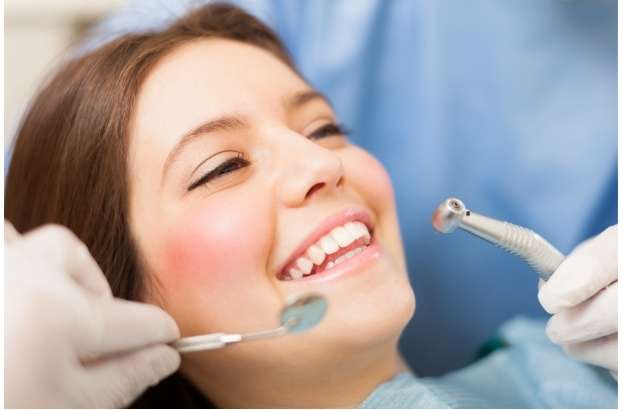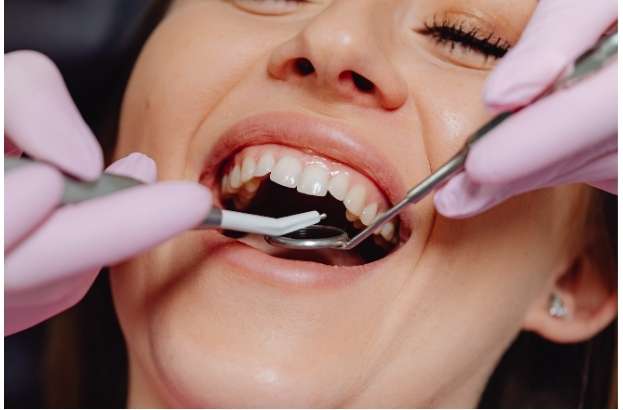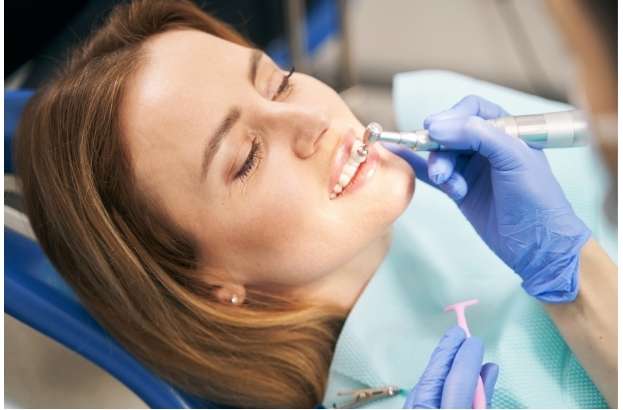Discover the true role of tooth polishing during your dental cleanings and why it’s not always essential.
Understanding Tooth Polishing: What You Need to Know
Dental cleanings are a vital part of maintaining a healthy smile. Many patients love the smooth, polished feel after a cleaning, but you might notice your hygienist doesn’t polish every tooth anymore. Recent research is changing the way dental professionals view this once-standard procedure.

The Dental Cleaning Process: More Than Just Polishing
During a dental cleaning, the primary goal is to remove plaque and tartar that can cause cavities and gum disease. Hygienists first use ultrasonic tools to dislodge stubborn buildup with fine vibrations and water, followed by hand tools for detailed cleaning and smoothing of the tooth surfaces.
After thorough cleaning, polishing may follow. Using a small spinning rubber cup and gritty prophy paste, the hygienist buffs away superficial stains. While polishing leaves teeth feeling smooth and looking bright, the real protection against decay comes from removing plaque and tartar and applying fluoride treatments, not from polishing itself.

The Purpose and Evolution of Tooth Polishing
Historically, polishing was believed to make teeth so smooth that bacteria couldn’t stick. However, current studies show that polishing does not significantly reduce the risk of gum disease or tooth decay. Excessive polishing can temporarily weaken enamel, making teeth more susceptible until they remineralize.
Today, polishing is mainly cosmetic. It helps remove surface stains that scaling tools might miss, improving the appearance of teeth but not necessarily their health.

Selective Polishing: A Modern Approach
Many dental professionals now practice selective polishing—only polishing teeth that need it. If a tooth has visible surface stains that were not removed during scaling, it may be polished. Otherwise, polishing may be skipped to protect enamel integrity. Rest assured, the core components of cleaning—scaling, tartar removal, and fluoride application—are far more critical for your oral health.
So, if your hygienist doesn’t polish every tooth, it’s based on best practices for protecting your enamel and overall dental wellness.
To conclude, tooth polishing is a wonderful finishing touch for a clean, radiant smile, but it’s not necessary for good oral health. Trust your hygienist’s judgment during your appointments. Keep up with your daily brushing, flossing, and regular dental visits to maintain a healthy, bright smile.
Need to book your next dental cleaning? Visit MyDentist.ca at the Middlefield or Pharmacy locations and experience personalized dental care today!


